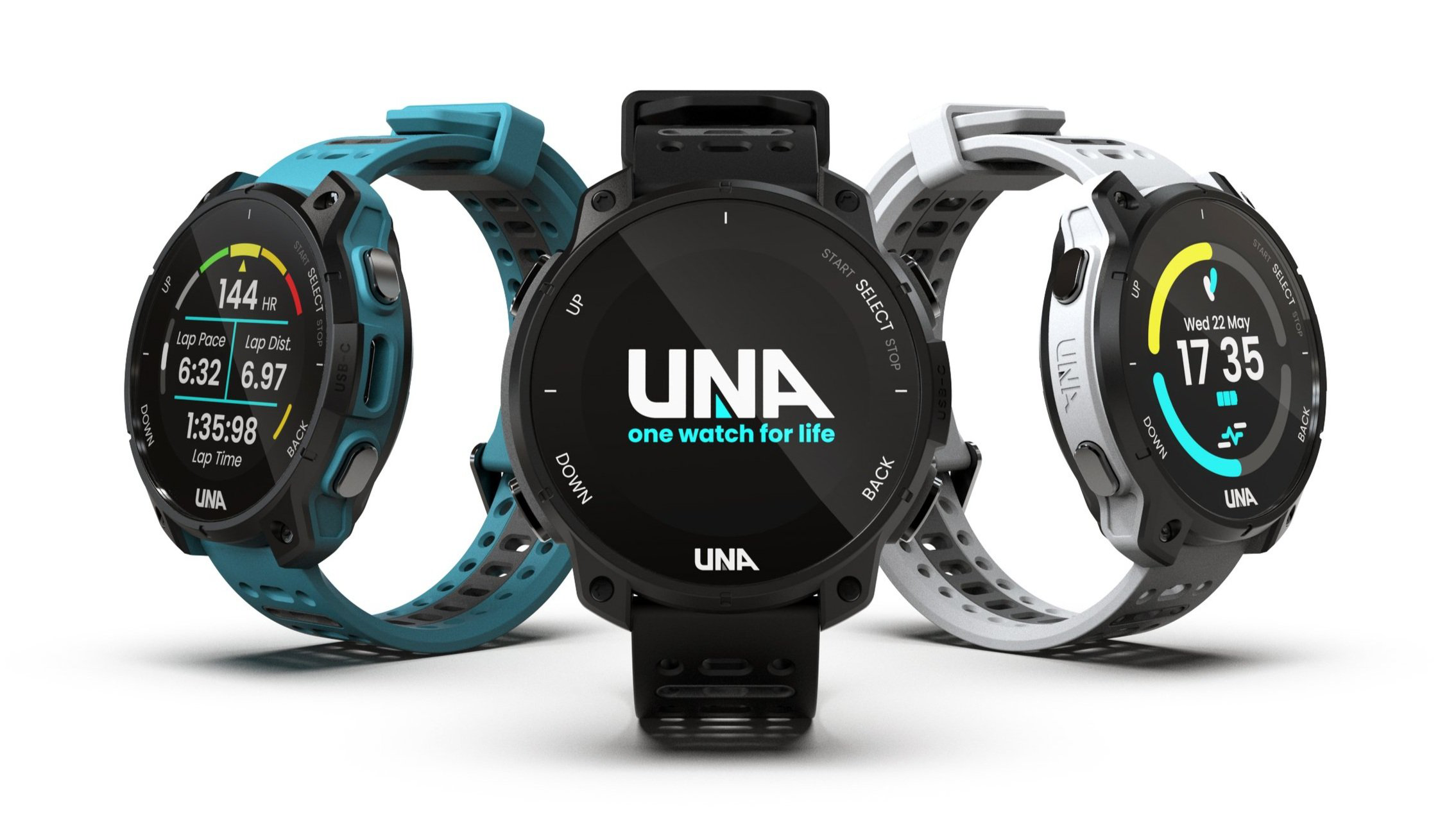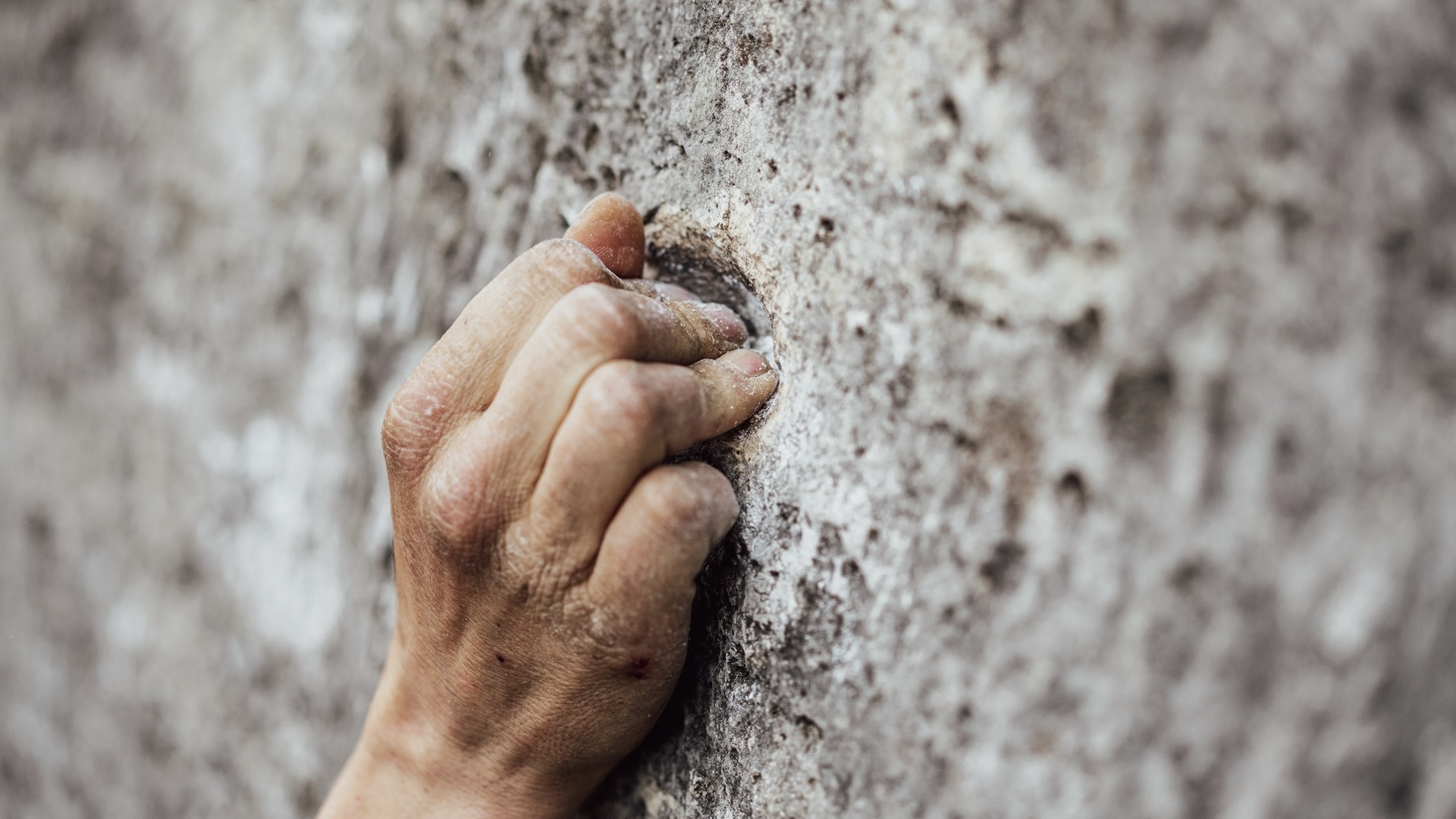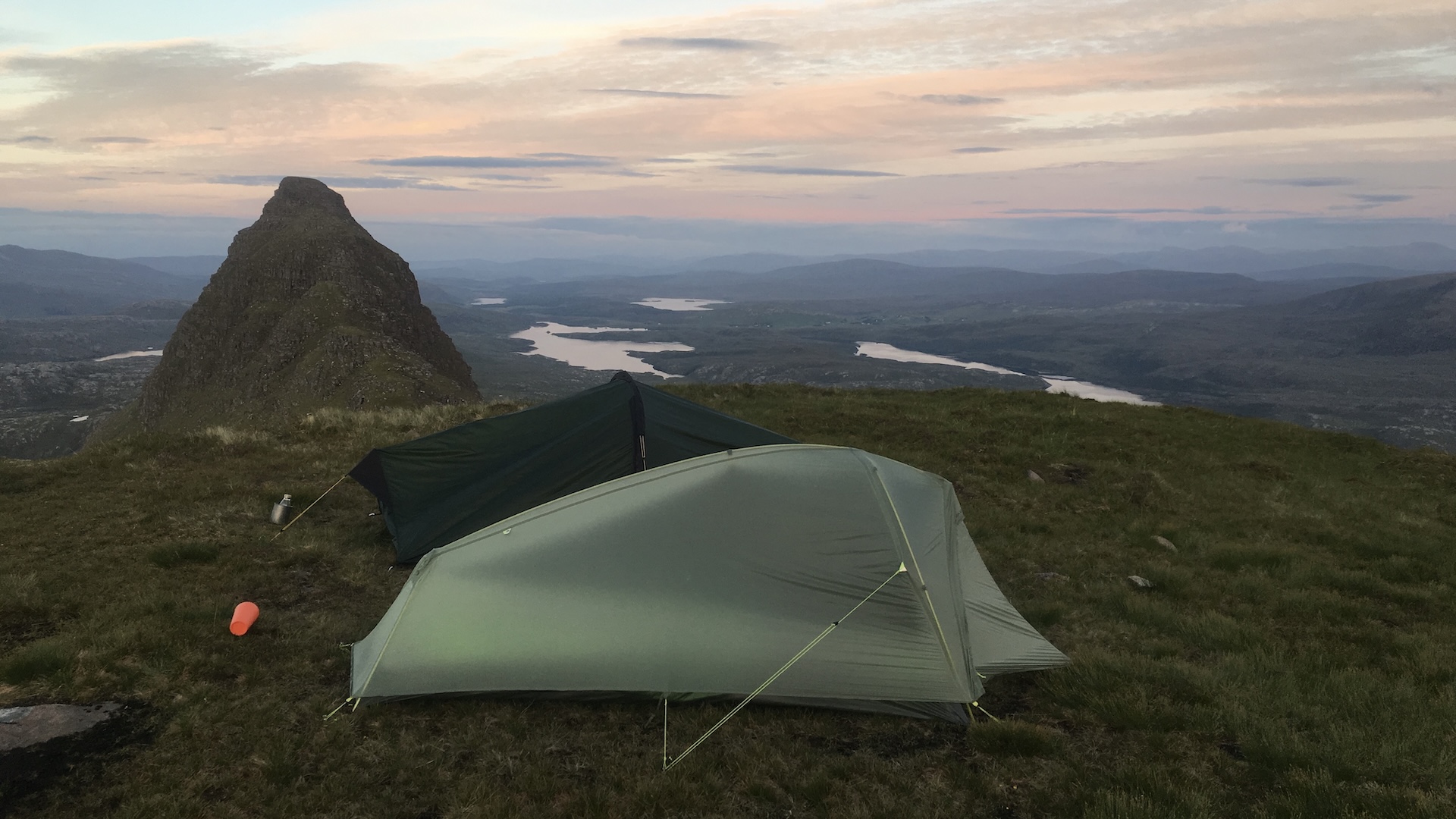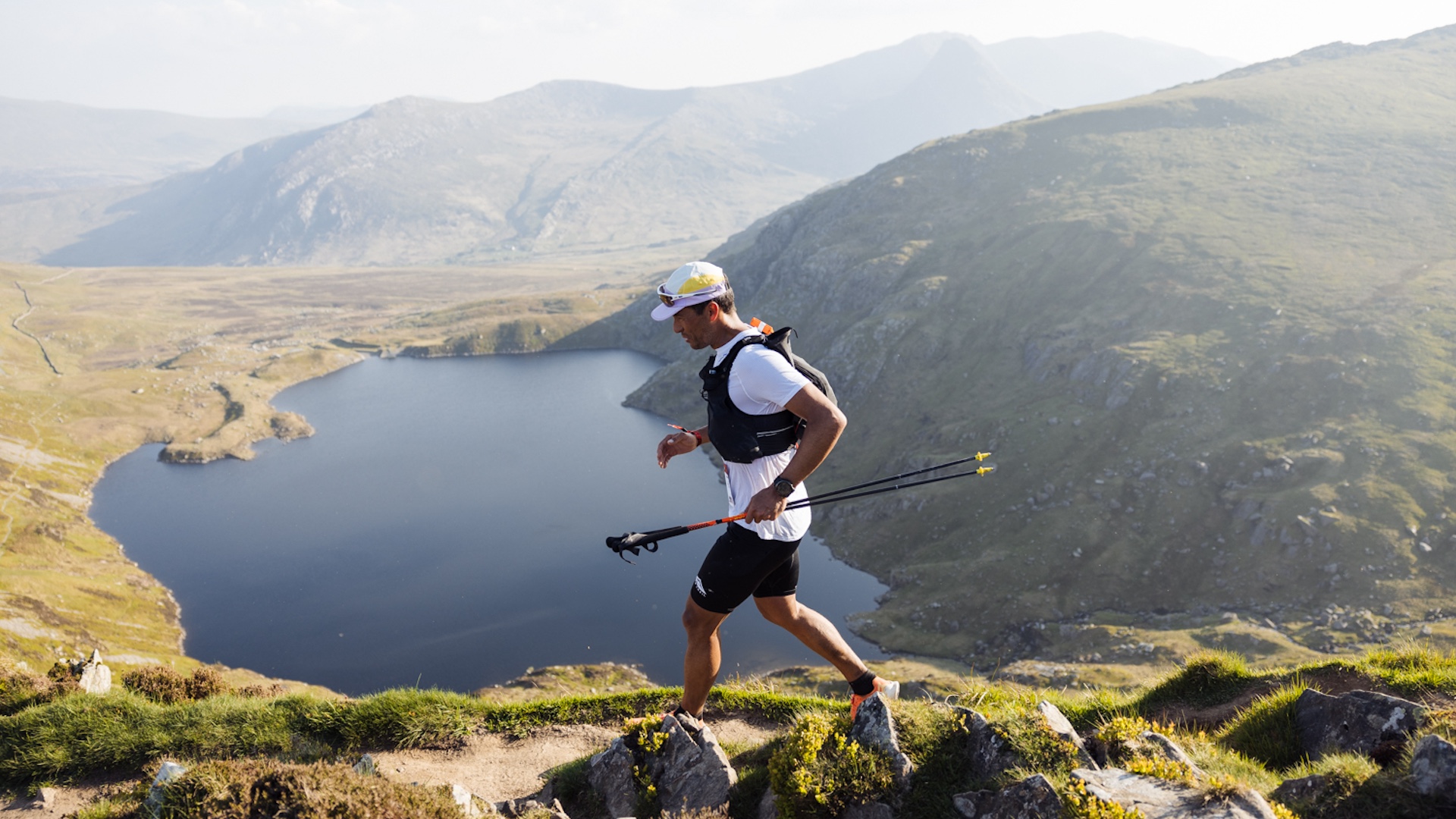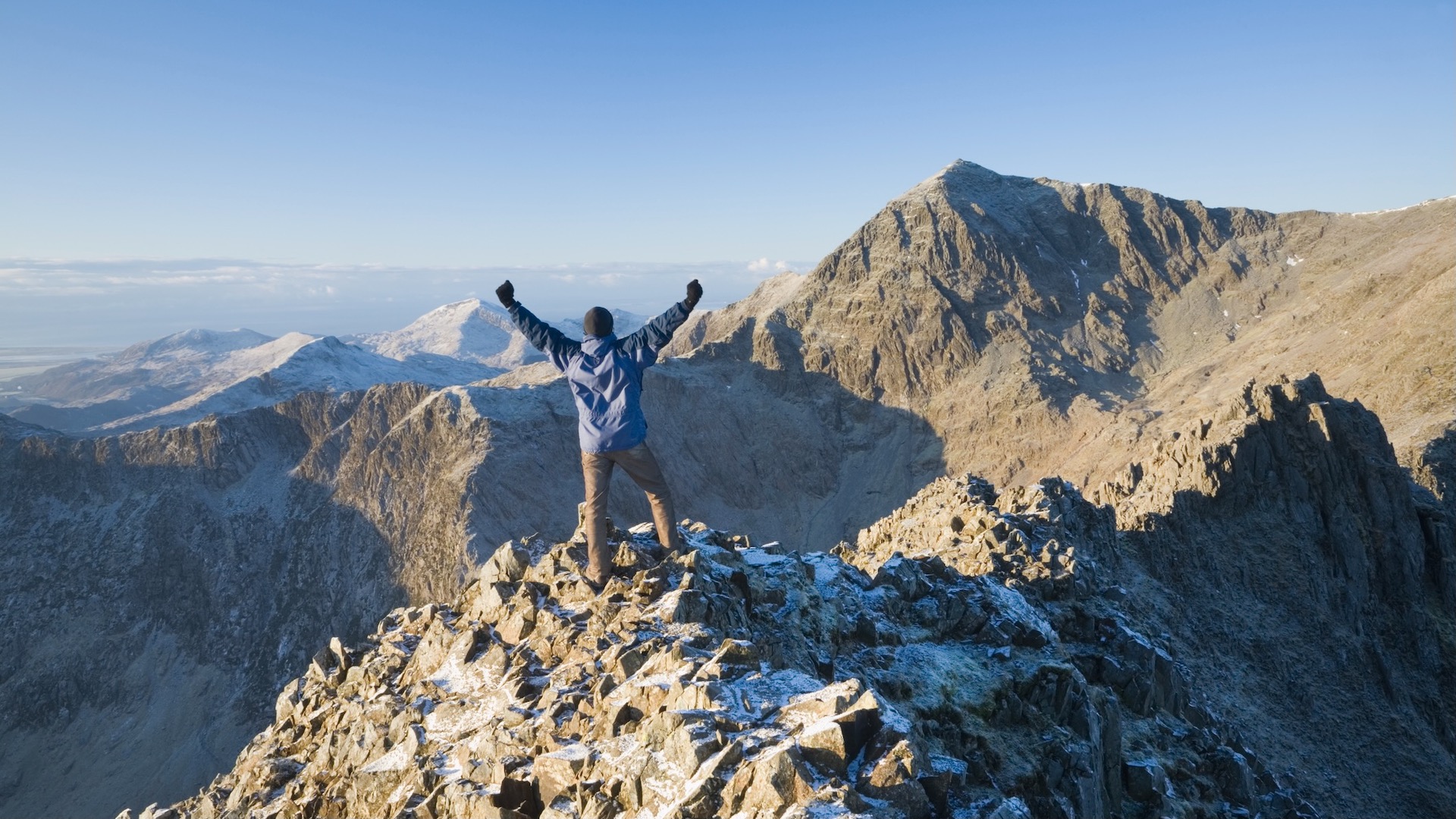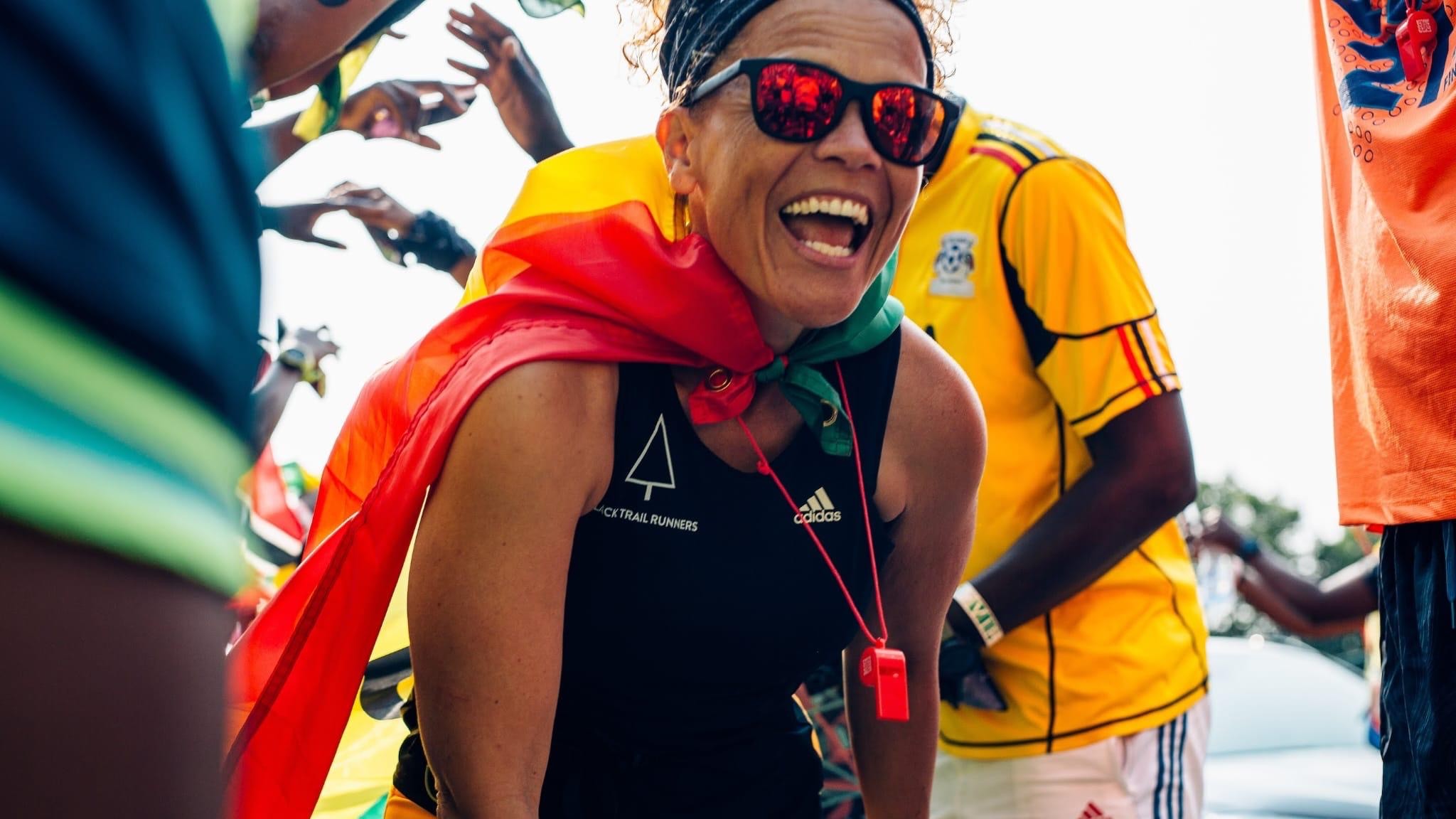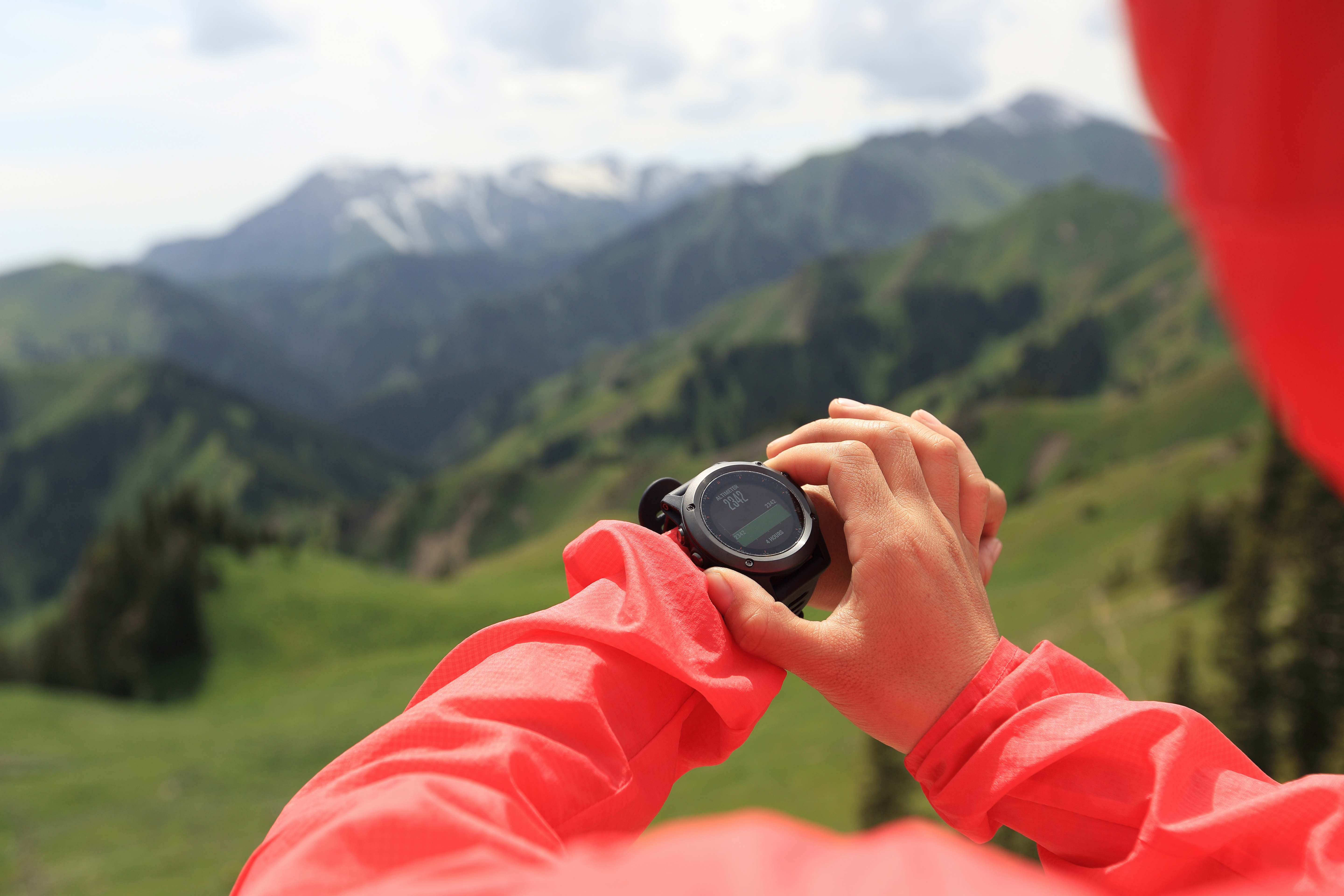When is it too hot to run?
Running during a heatwave can be unpleasant, but when should you abandon your plans and stay inside instead?
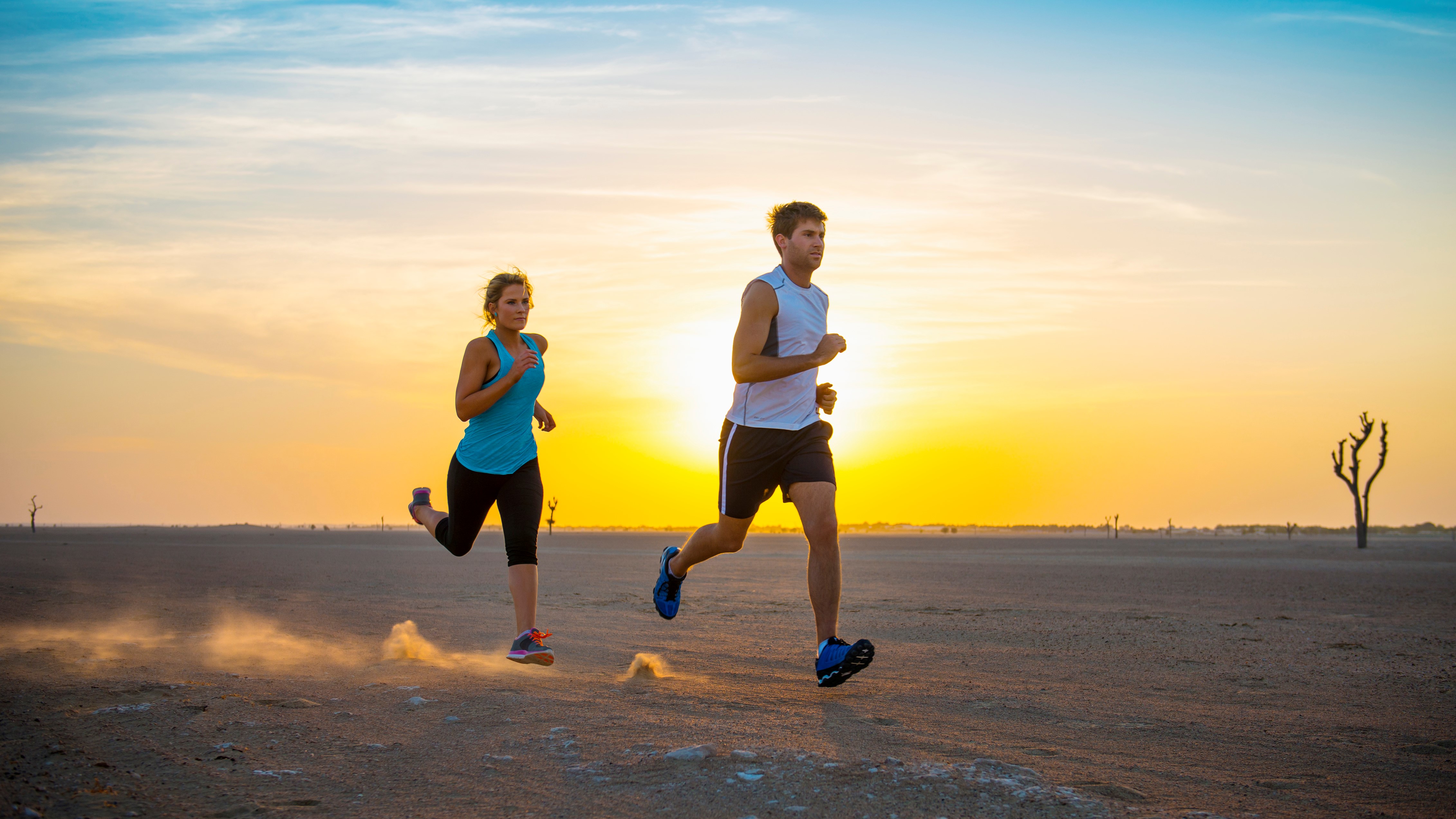
When it comes to running, how hot is too hot? Ultimately, there's no hard and fast rule – it all depends on the people doing the running, their training level, and whether they're acclimatized to the temperature.
People run all over the world, even in tough climates, and sometimes over extremely long distances. The Marathon des Sables (or Marathon of the Sands), one of the world's most infamous races, is a six-day ultramarathon that takes place in the Sahara Desert, where daytime temperatures can exceed 120F/50C.
Running in those types of temperatures takes serious training though, and physical exertion can be dangerous at much lower temperatures if you're not used to it. The Road Runners' Club of America advises that you should generally avoid running if the heat is above 98.6F/37C and the humidity is above 70-80%, but again that's very dependent on your acclimatization.
At the time of writing, the UK is experiencing a heatwave with temperatures forecast to reach up to 104F/40C in some parts of the country. The average for this time of year would be 69.8F/21C, so this is an enormous difference to normal.
Local weather warnings are particularly helpful for judging whether it might be safe to run, as they factor in the seasonal average. Keep an eye on the forecast during the summer so you're prepared.
Do your own risk assessment
Whether you usually run alone or with a group, I'd recommend doing your own risk assessment to decide whether or not you should lace up and hit the roads or trails. Have you run in these temperatures before, and how do you feel when you go outside? If the heat hits you like an oven, trust your gut and stay indoors.
Some of the runners in my club were keen to press ahead with our regular run despite the weather, but as a leader I had to consider the needs of the whole mixed-ability group, and I decided that it wasn't worth the risk to the runners' wellbeing, even if we stuck to drills in a relatively shady park.
Advnture Newsletter
All the latest inspiration, tips and guides to help you plan your next Advnture!
In addition to the overall heat, I was concerned about hydration. It should probably go without saying that you should take your best hydration pack along for summer runs, even if you prefer to be unencumbered, but several of the regulars have a habit of turning up without anything to drink at all. I could bring sunscreen, but I wouldn't be able to carry enough water for several people.

If you decide to head out, I recommend doing so first thing in the morning. Running in the evening (when our club run was scheduled to happen) is usually fine, but in a heatwave the ground will have heated up during the day.
Running on shady trails is much more pleasant than hot pavement too, so consider taking your run off-road. Make sure that you don't stray too far from home, though. If you start to feel at all unwell, stop straight away and get yourself somewhere cool. Make sure you carry your phone so you can call someone to pick you up if necessary (they'll understand) and make sure they know what the signs of heatstroke look like.
Running in the summer heat is a lot more bearable if there's a breeze, but don't forget to take plenty of water. You might not feel damp because your sweat is doing its job and evaporating, but you can lose between 6oz and 12oz water every 20 minutes while running.
Don't expect to match your usual pace, either. Performance drops significantly as the mercury rises, and it's perfectly OK to take walking breaks, reduce your speed, and cut your regular route short.
If you choose to train on a particularly warm day, check out our guide to exercising outdoors during a heatwave.

Cat is Homes Editor at TechRadar and former editor of Advnture. She's been a journalist for 15 years, and cut her teeth on magazines before moving online. She helps readers choose the right tech for their home, get the best deals, and do more with their new devices.


